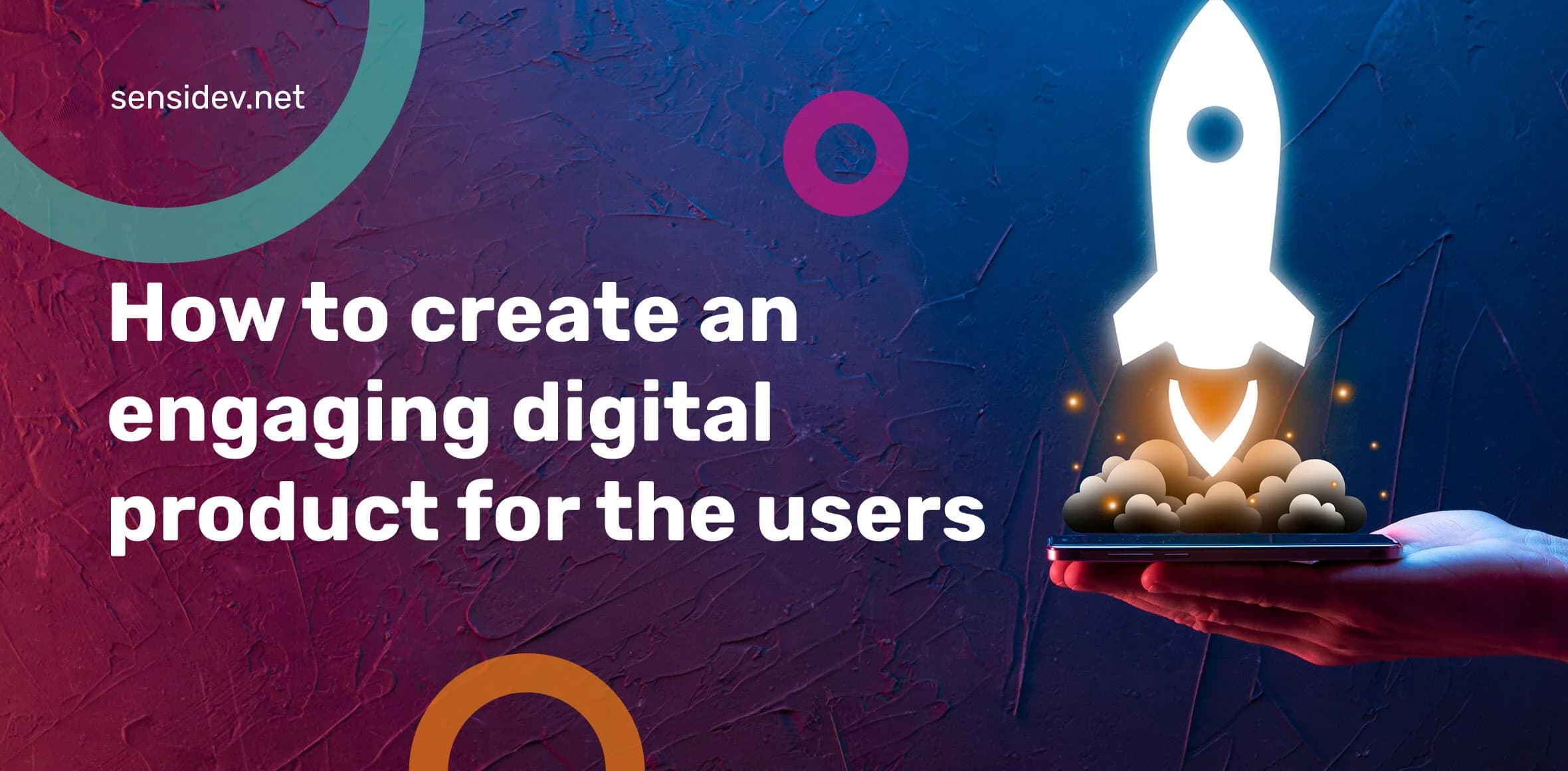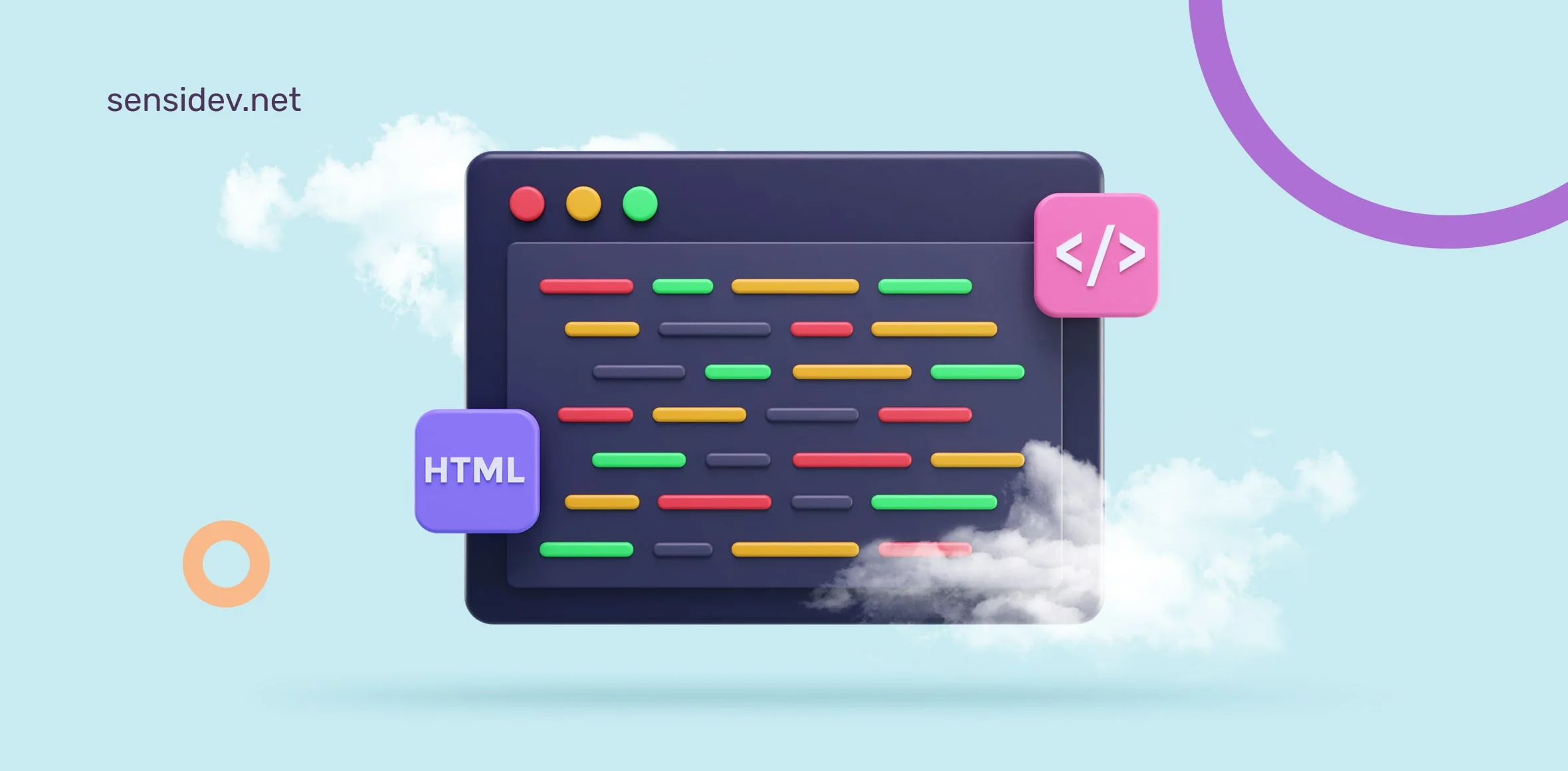
How to create an engaging digital product for the users
by Andreea Oproiu • over 3 years ago • 3 min read
Product development is a complex and interdisciplinary process that involves different departments in its execution. Even if the user experience is a standalone practice that focuses on delivering the most intuitive flow, software development plays a vital role in this delivery, and we’re here to explain why.
First things first — what are the most common challenges of building a digital product?
We can’t stress enough the importance of a strategy when starting to build a digital product. From how to visualize the outcome to the importance of an MVP — we don’t skip these important steps when embarking on any digital journey. In fact, according to recent studies, 95% of new products fail if you skip them.
So make sure that you overcome these challenges at first:
☑️ does your product solve a real problem?
☑️ do you have a product roadmap?
☑️ do you have a product development methodology in place?
How to build an engaging product — software edition
Now that we’ve checked the essentials, it’s time to move over to a software perspective and discover how developers build engaging products.
For a streamlined user experience, these are the main actions we always take:
→ Reducing unnecessary complexity is key to unlocking a great user experience
→ Always be critical about new features and ask questions like: “Do we really need this now?”, “Do we need it that complex?”, “How else can we achieve the same function?”
→ Be sure you get user feedback as soon as possible and incorporate that into the active software development cycle
Also, how to prioritize features is always a hot topic when it comes to products. In order to create an engaging experience, we have to have the best features in mind, but not forget about the big picture. From micro to macro, we have to follow the entire process of enabling the user with the best flow. A reference best used in this case is the 80/20 rule — 80% of the effect comes from 20% cause.
We also asked our #sensidevs some additional questions that follow their development process and discovered different perspectives:
If some features are under-utilized by the users — do you revisit them for improvement, or do you get rid of them?
Answer A: I would revisit them. Sometimes you need to keep going in order to discover greatness.
Answer B: Getting rid of them, bringing clarity, and reducing clutter are best for a smooth user experience. User A: “Don’t make me think too much, just give me what I need as simple as possible.”
What's your go-to method to streamline processes and make apps run faster?
Answer A: Tests and quality assurance. If you can catch the problem, then you are halfway to fixing it.
Answer B: Reduce complexity, simplify processes, cut useless features (or even better, don’t implement them from the get-go). About making apps run faster (literally) — use the latest frameworks and best practices known in the industry to “build software with care”.
Building with product-oriented development
It's difficult to create things that are successful. They will all largely fail. Although there is never a guarantee of success, if we pay attention to problem-solution fit, product-market fit, and distribution-conversion fit, we can probably lower the risk of creating something that no one wants, creating something for the incorrect market, and creating something with no sustaining growth at all.
The distinction can be made by using a robust product discovery and a product-oriented development that prioritizes the consumer. Contact us if you want to build engaging digital products!
How to

How to Find a Web Developer: Your Ultimate Guide to the Perfect Match
by Lucian Corduneanu • about 1 year ago• 7 min read

How to Become a Software Developer Without Prior Experience: A Comprehensive Guide
by Andreea Rugescu • over 2 years ago• 3 min read